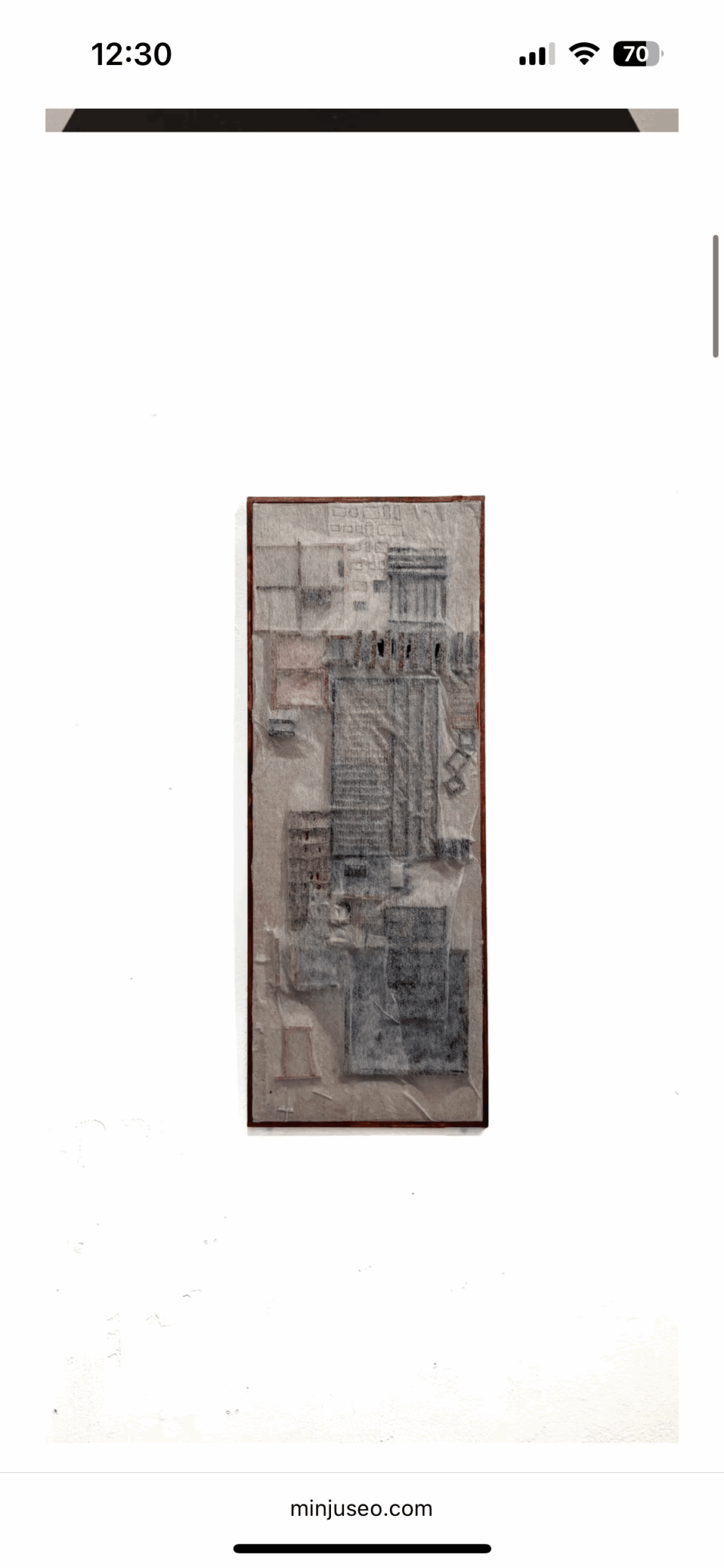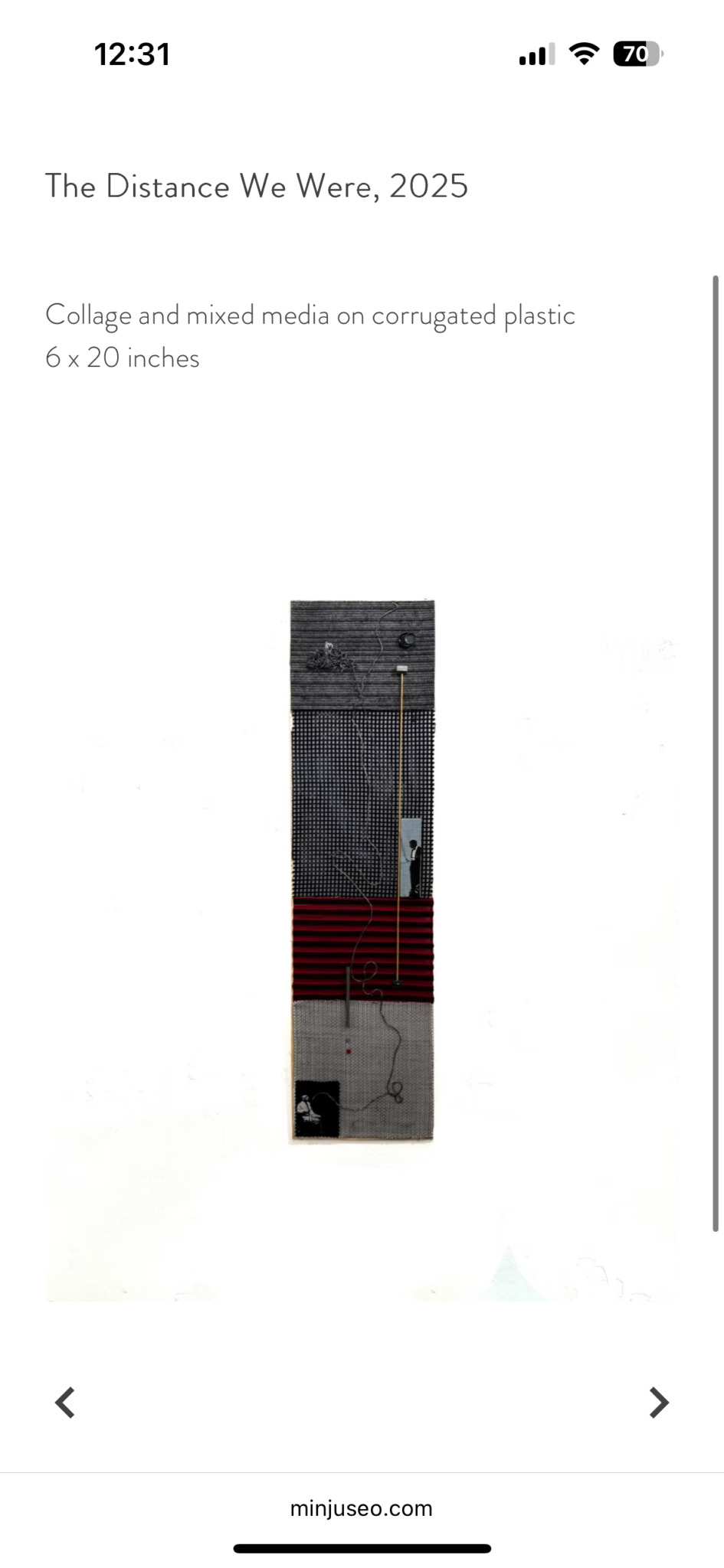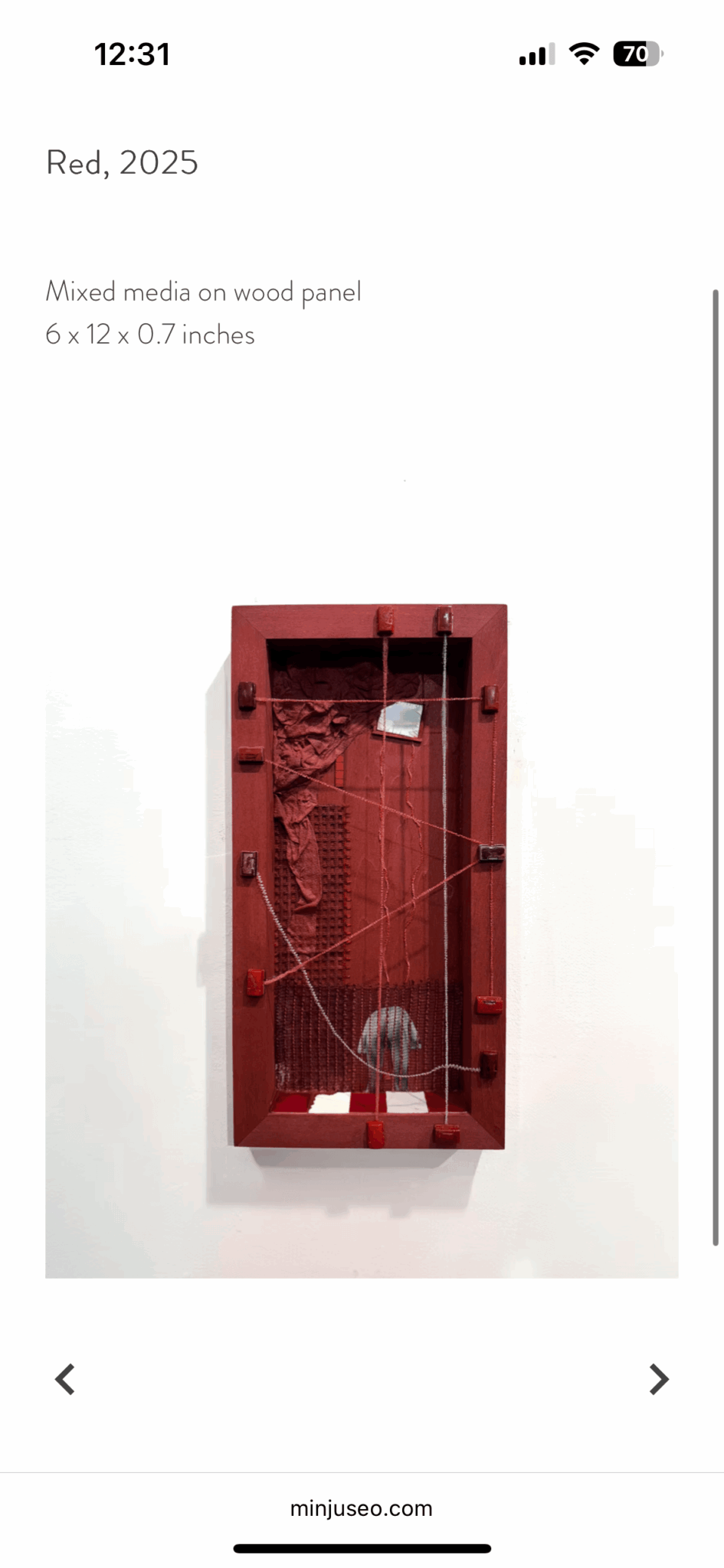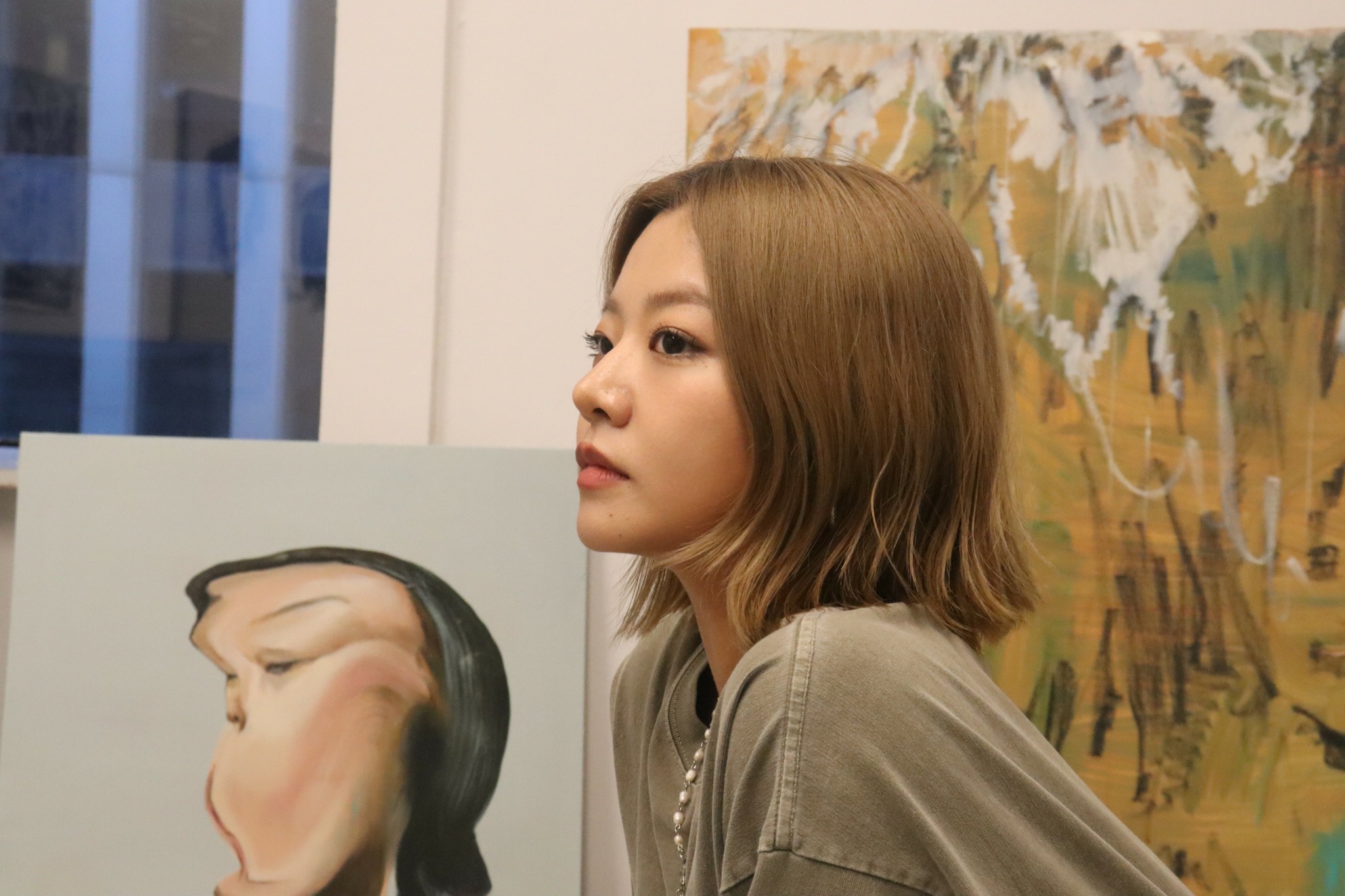We were lucky to catch up with Minju Seo recently and have shared our conversation below.
Hi Minju, thanks for joining us today. We’d love to hear about a project that you’ve worked on that’s meant a lot to you.
One of my most meaningful projects explores Korean apartment culture. Using materials like rice paper and mesh, I reinterpreted the repetitive structures I grew up with, highlighting their overlooked cracks and fragility. It was meaningful because it turned something ordinary into a space for memory, reflection, and connection.

Great, appreciate you sharing that with us. Before we ask you to share more of your insights, can you take a moment to introduce yourself and how you got to where you are today to our readers.
I am a visual artist whose practice bridges personal memory and collective history through material-driven works. Using rice paper, muslin, mesh fabric, and other translucent materials, I reconstruct the textures of everyday spaces—especially the standardized apartment culture in Korea that shaped my early life.
My work grows from noticing overlooked structures and uncovering meaning in their cracks and gaps. What sets it apart is the balance between intuitive material exploration and conceptual reflection. I am most proud of creating works that invite viewers to pause and reconsider the familiar, sensing the fragility and resilience embedded in their environments.
Ultimately, I hope people see that ordinary spaces can hold deep layers of memory and connection, and that art can make the invisible visible.
Let’s talk about resilience next – do you have a story you can share with us?
When I first moved from Korea to the U.S. to pursue my MFA, I faced both cultural and practical challenges—working with unfamiliar systems, limited resources, and being away from my support network. Yet those very constraints shaped my resilience as an artist. I began to experiment with modest, accessible materials like mesh fabric, muslin, and rice paper, discovering new possibilities through improvisation.
What felt like limitation eventually became the foundation of my practice. I realized that resilience often comes from turning obstacles into opportunities—transforming lack of resources into a chance to see materials and spaces differently. This adaptability continues to guide me whenever I face uncertainty, whether preparing international exhibitions or navigating life transitions as an artist.

How can we best help foster a strong, supportive environment for artists and creatives?
I believe society can best support artists by ensuring access—access to space, resources, and opportunities regardless of background or status. Many artists face challenges not because of a lack of creativity, but because of structural barriers such as limited funding, affordable studios, or platforms to share their work.
Contact Info:
- Website: [email protected]
- Instagram: @beadssju

Image Credits
Images by Minju Seo


